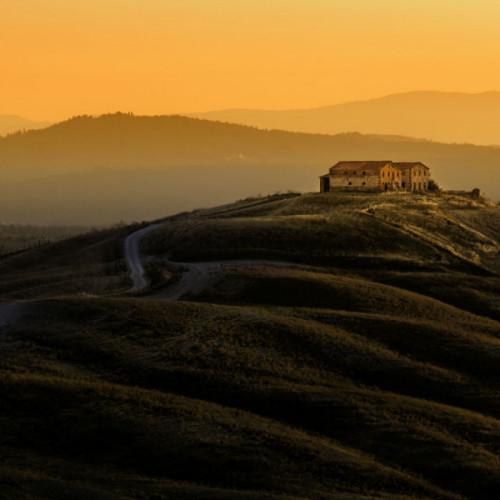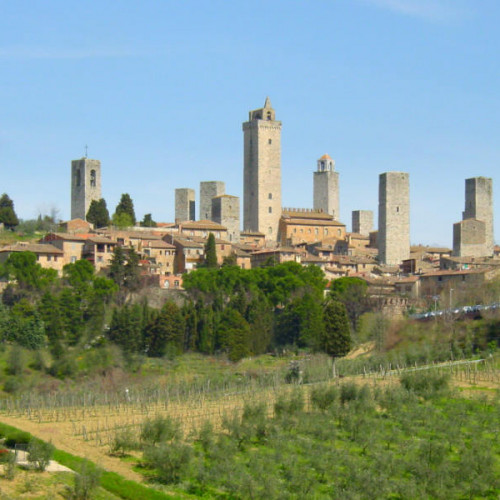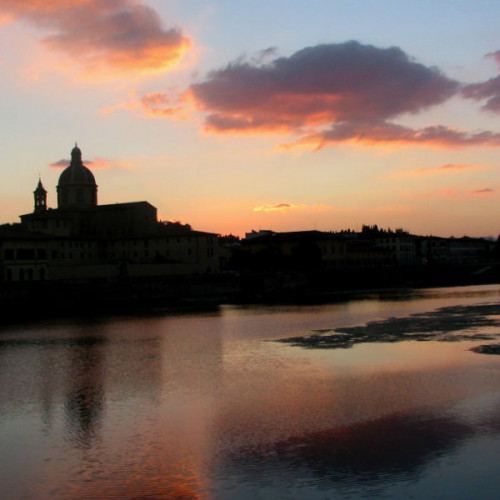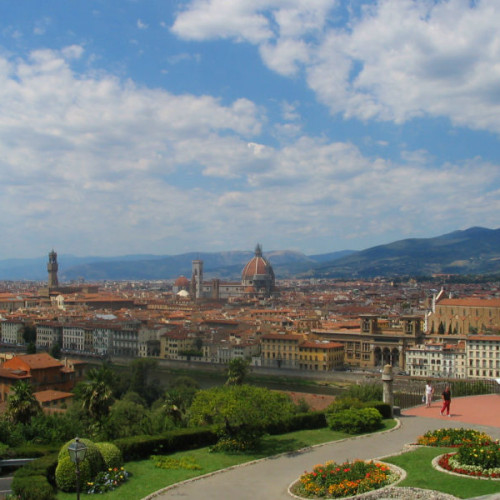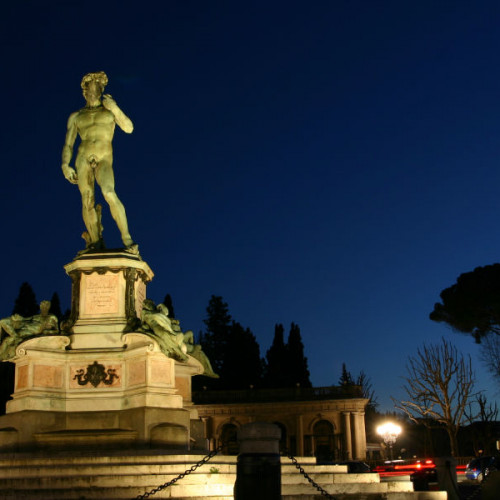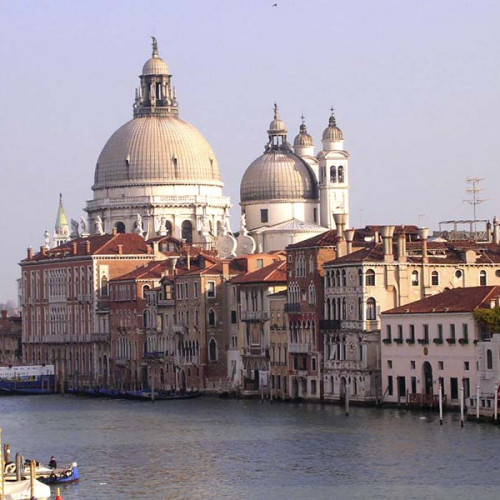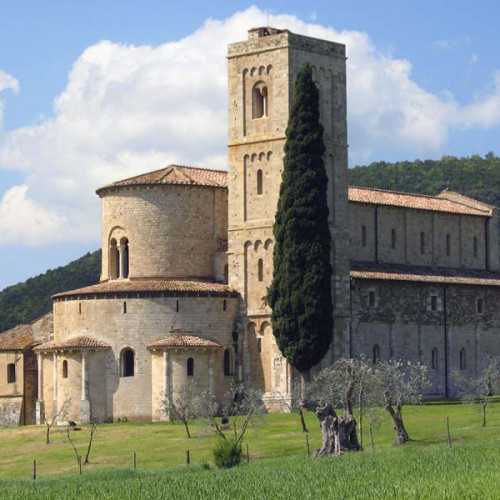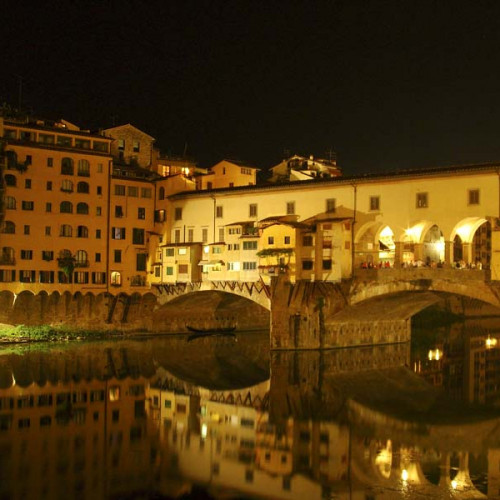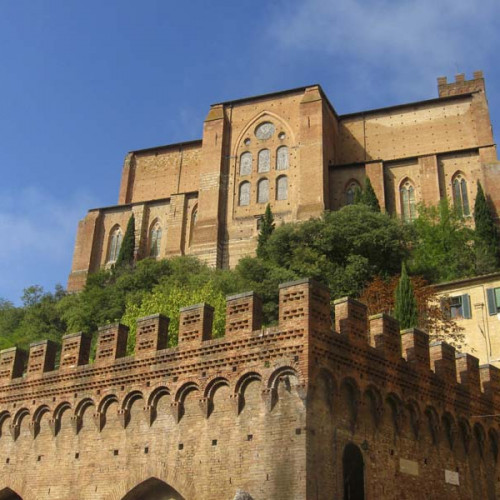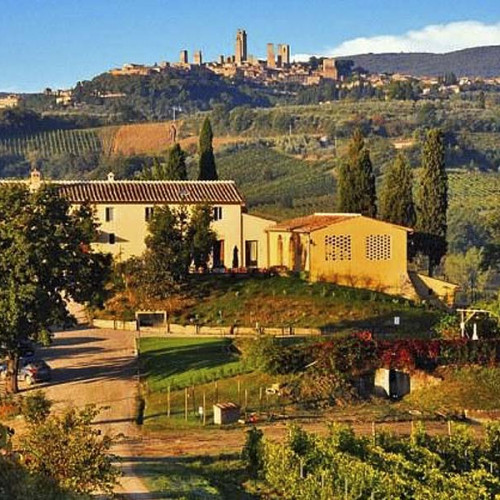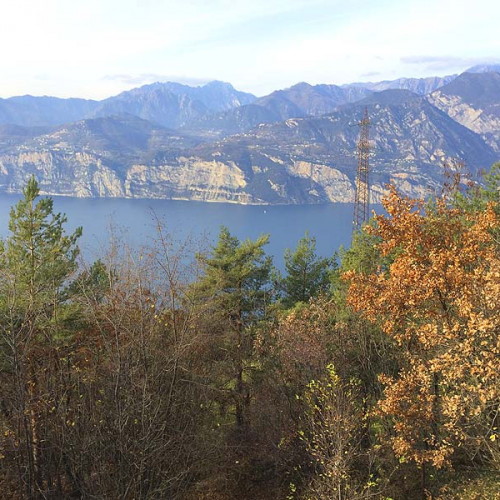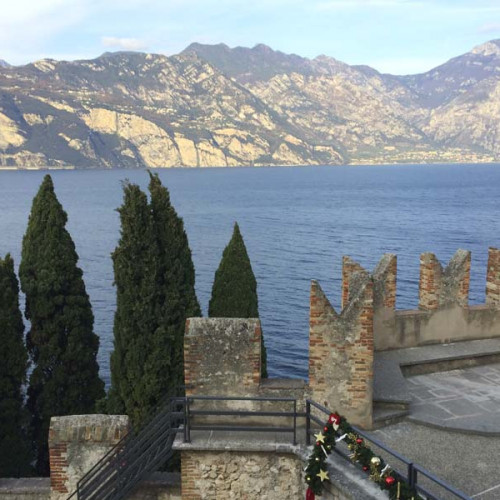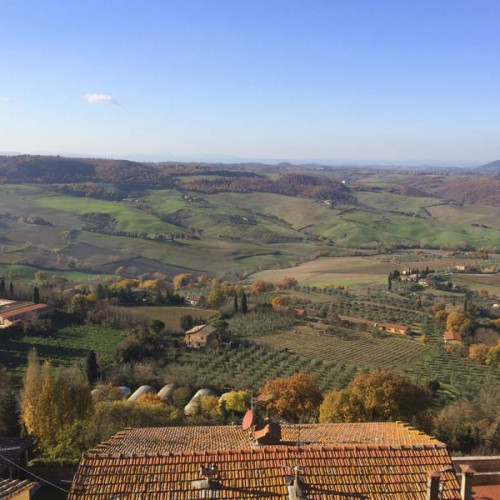
Grupos Freeway ![]() voltar para o topo
voltar para o topo
- Sicília - Arqueologia, Tradições, Natureza e Gastronomia - Grupo Freeway Carnaval - 9 dias saída(s) 13/02/2026. a partir de €3990
- Sicília - Arqueologia, Tradições, Natureza e Gastronomia - Grupo Freeway Reveillon - 12 dias saída(s) 26/12/2025. a partir de €4190
- Reveillon na Puglia - Grupo Freeway - 11 dias saída(s) 28/12/2025. a partir de €5290
Saídas Definidas Em Grupo ![]() voltar para o topo
voltar para o topo
- Maravilhas da Puglia - Preços Promocionais para Saídas 2026 - 7 dias saída(s) 03/04/2026, 08/04/2026, 17/04/2026 a partir de €1540
- As Cores da Sicília - Preços Promocionais para Saidas 2026 - 8 dias saída(s) 02/11/2025, 09/11/2025, 29/03/2026 a partir de €1590
- Encantos do Sul - Roma, Costa Amalfitana e Nápoles - Preços Promocionais para Saídas 2026 - 8 dias saída(s) 25/10/2025, 01/11/2025, 15/11/2025 a partir de €1930
- Maravilhas da Sardenha e Córsega - Preços Promocionais para Saídas 2026 - 8 dias saída(s) 07/06/2026, 28/06/2026, 19/07/2026 a partir de €1930
- Encantos do Norte - Milão a Roma - Preços Promocionais para Saídas 2026 - 9 dias saída(s) 25/10/2025, 08/11/2025, 06/12/2025 a partir de €2450
- Veneto e suas Maravilhas - Saída em Grupo - 14 dias saída(s) 23/05/2026. a partir de €7230
Galeria ![]() voltar para o topo
voltar para o topo
Depoimentos ![]() ver todos voltar para o topo
ver todos voltar para o topo
10/06/2016 - Oi,Patricia, tudo bem?
A viagem foi ótima! Não tenho queixa alguma! Os locais foram muito bem escolhidos, belíssimos!
Talvez pudesse haver mais pausas entre os passeios, pois às vezes ficou um pouco corrido...
O Edgar está de parabéns!!
A nossa guia Kika foi extremamente gentil e solícita! Realmente, só posso agradecer...
Espero viajar outras vezes com vocês!
Atenciosamente,
Eliana Mendes.

